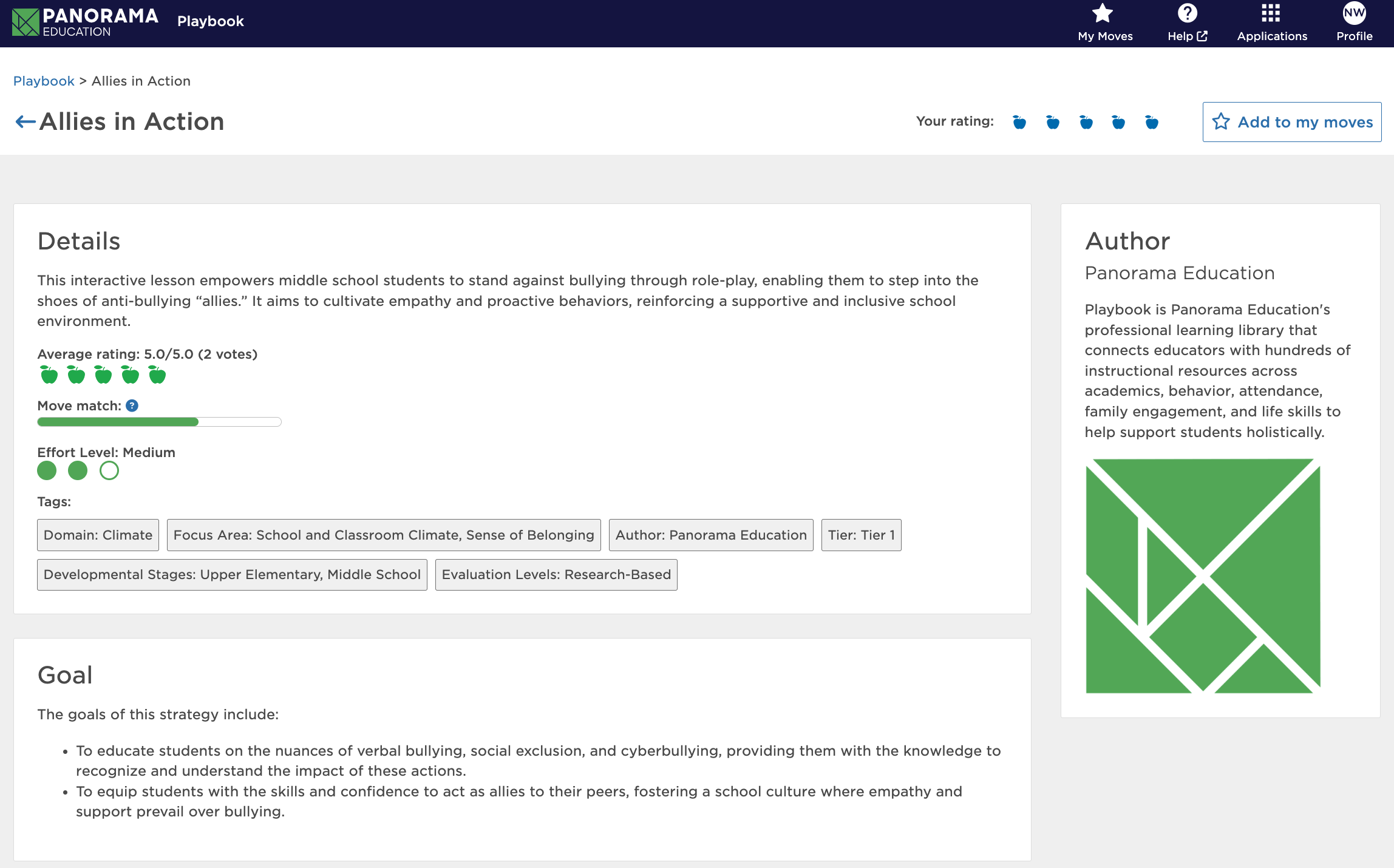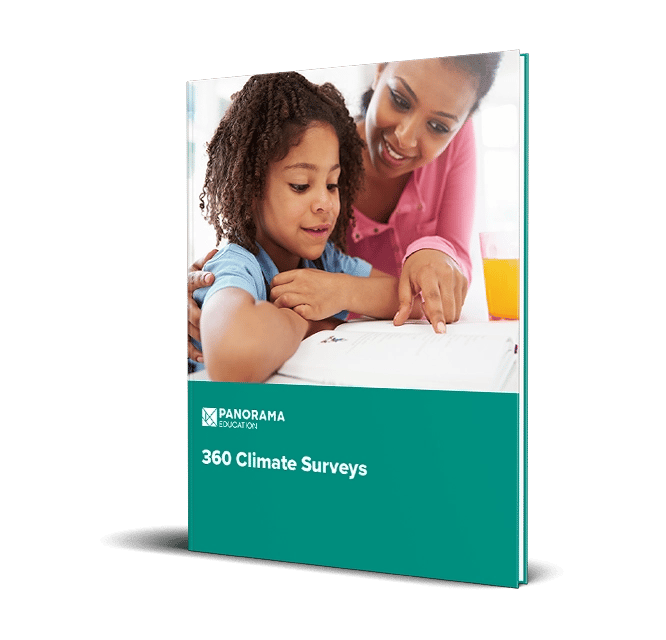In June of 2022, the Bipartisan Safer Communities Act (BSCA) was enacted, marking a historic commitment to addressing mental health and violence in schools. This legislation earmarks over $971 million for school districts to put towards implementing anti-bullying programs, mental health and well-being services, and other supports that can cultivate safe, healthy learning environments for students.
Each state receives a minimum of $4 million through the BSCA’s Strong Connections Grant program. The majority of states have already released formal applications to their respective Local Education Agencies (LEAs), highlighting a crucial opportunity for high-need districts to address violence, school climate, and student mental health challenges.
This article provides district leaders with key information on the BSCA, and recommendations for eligible programs and tools that can be funded under the Stronger Connections Grant program.
Table of Contents:
- What is the Bipartisan Safer Communities Act?
- What Does the Application Process Entail?
- Using BSCA Funds to Enhance School Climate and Safety
- Next Steps for District Leaders
|
Key Takeaways: Funding Available for Addressing Student Safety and Well-being
|
What is the Bipartisan Safer Communities Act?
At its core, the BSCA is a comprehensive legislative package that aims to enhance the safety and well-being of students and educators in school environments across the country. Its signing into law represented a watershed moment in the United States’ approach to addressing critical issues such as mental health, violence prevention, and safety in schools.
|
|
The BSCA is multifaceted, addressing various aspects of school safety and mental health. Its primary focus areas include:
- Enhanced Support for Mental Health Services: Recognizing the growing concern around mental health among students, the BSCA allocates substantial funds for expanding mental health services in schools. This includes the provision of resources for early intervention, counseling, and holistic support systems for students experiencing mental health challenges.
- Violence Prevention Initiatives: A significant portion of the act is dedicated to implementing and enhancing violence prevention programs. These initiatives range from anti-bullying activities and programs to more comprehensive systems aimed at identifying and mitigating potential threats within school settings.
- Training and Resources for School Personnel: Educators and school staff play a crucial role in maintaining safe learning environments. Given this, the BSCA provides for professional development and training programs. These programs are designed to equip school personnel with the necessary skills and knowledge to effectively manage and respond to safety and mental health issues.
Watch Now: Improve School Climate With Strategic Student Feedback
What Does the Application Process Entail?
The application process for the BSCA funding, particularly the Stronger Connections Grant program, is designed to be accessible through each state’s respective educational agency. While the specifics vary in each state, the general process entails:
- Each commonwealth’s department or agency of education is responsible for disseminating application materials to local education agencies (LEAs).
- LEAs can submit detailed proposals outlining their intended use of the funds.
- The applications are then reviewed based on a set of criteria that prioritize high-need districts and impactful proposals.
Deadlines
Deadlines for the application process vary by state, but generally follow a timeline that allows for the efficient and equitable distribution of funds. As of January 2024, many states have already set application deadlines within the first several months of the calendar year. This provides districts with the opportunity to apply for (and potentially begin implementing) funded programs by the 2024-25 academic year.
High-Need LEAs
The BSCA also requires states to define “high-need LEA” for the purposes of eligibility for Stronger Connections funds. A “high-need” district is usually characterized by:
- A high degree of poverty
- A need for mental health staff
- High rates of chronic absenteeism
In many cases, districts in regions that recently experienced a natural disaster or traumatic event may be designated as “high-need.” In most states, the majority of funds from the Stronger Connections Grant program will be awarded to high-need LEAs.
Using BSCA Funds to Enhance School Climate and Safety
The Bipartisan Safer Communities Act provides a unique opportunity for districts to access funds for programs and tools that can significantly enhance the school climate and safety. Three key areas where these funds can be allocated are:
- Understanding school climate dynamics
- Establishing and monitoring behavioral supports within a multi-tiered system of support (MTSS)
- Teaching essential skills like anti-bullying, collaboration, and conflict resolution
Understanding School Climate Dynamics
One of the most effective ways to utilize BSCA funds is by investing in tools that help districts understand school climate dynamics. This can be achieved through comprehensive stakeholder surveys, which often solicit feedback and measure perceptions of students, staff, families, and community members.
Research-backed surveys—such as Panorama’s School Climate Survey—are instrumental in gauging the overall environment of a school. This survey can identify areas of concern, and (eventually) aid educators in selecting tailored interventions to meet schoolwide, classroom, and individual student needs. Moreover, by leveraging advanced data analytics, schools can turn survey insights into actionable strategies that foster a positive and inclusive school climate.
Establishing and Monitoring Behavioral Supports
Another critical area for the application of BSCA funds is in establishing robust behavioral supports. MTSS platforms (such as Panorama Student Success) are particularly effective in this regard. They provide a structured approach to identifying and supporting students with varying behavioral, attendance, and academic needs.
These platforms can help schools implement evidence-based interventions at multiple levels—from universal strategies that benefit all students to more targeted supports for those requiring additional assistance.
Teaching Essential Anti-Bullying and Conflict Resolution
Funds from the BSCA are also well-suited for educational resources that focus on teaching students critical life skills such as anti-bullying, collaboration, and conflict resolution.

A strategy focused on anti-bullying from Panorama's Playbook.
Instructional resource libraries that include evidence- and research-based interventions and lesson plans on these topics–such as Panorama’s Playbook–are invaluable. These resources can help educators impart these essential skills effectively, fostering a safe and respectful learning environment.
|
Frequently Asked Questions: 1. Where can I learn more about the funding available through the Stronger Connections Grant Program? 2. What types of tools and services can be funded through this grant? 3. Can Panorama Education support my district with applying for this funding? |
Next Steps for District Leaders
The Bipartisan Safer Communities Act not only provides the necessary resources but also empowers educators and administrators to create safer, more supportive learning environments for every student. By strategically utilizing these funds, particularly through evidence-based tools and programs. district leaders can effectively address the critical needs of their school communities.
Contact the Panorama Grants Team to Learn More About BSCA Funding Options






